The Secrets of the Universe: 15 amazing space mysteries
23rd Feb 2023
For a long time, everything beyond the Earth remained a mystery to humanity. The emergence of tools capable of looking into space helped find answers to many questions, but the more technologies people created, the more new questions arose. Today, there are still things we do not know about the universe. Here, we list the most intriguing space mysteries for you.
What are the mysteries of space?
What can be called the secret of space? Probably, something that was discovered during a space flight, by satellite or with the help of telescopes, but not sufficiently studied yet due to some circumstances. Not all mysterious objects or phenomena can be calculated mathematically or explained in terms of physics. Such secrets are the driving force of scientific progress, urging scientists to find new research methods, create powerful equipment and, of course, make many new discoveries on the way to the main goal. So what are they — the incredible space mysteries?
Where does the Universe end?
Scientists have learned to calculate the size of planets, satellites, and some stars, but how to determine the size of the Universe? Research to date has proven that we can only see part of outer space but do not know where the universe ends or even what shape it has. Although NASA suggests that the universe is flat, there is no evidence for this. Moreover, it has been confirmed that the universe is constantly expanding. The expansion started with the Big Bang and continues to this day. Hubble’s Law describes the expansion of the universe, but it does not give any exact numbers. And to calculate the size, we need to know the expansion rate and the shape of the universe. While we do not have these figures, the size of the universe remains a mystery.
There may be a Multiverse
Is our Universe the only one? That is probably the main mystery of space. There are other planets besides the Earth and two trillion galaxies besides our Milky Way. It is logical to admit the idea that, in a certain space, there are many universes or parallel worlds. If so, then our universe is just one of them. Cosmologists, physicists, religious followers, and science fiction writers often thought about this, and the American philosopher William James even coined the term “multiverse” in 1895.
Alien intelligence
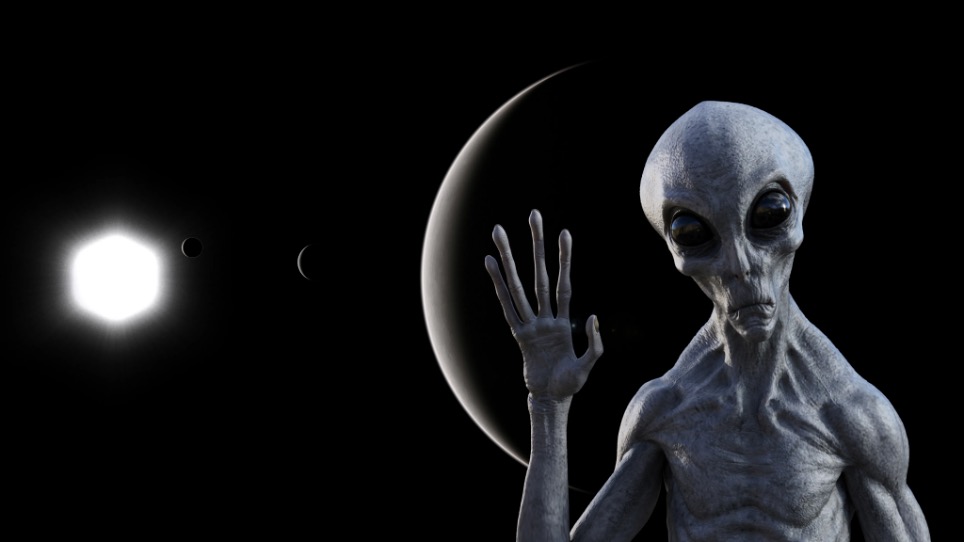
There have been many attempts to unravel the secrets of space, especially when it comes to the presence of other intelligent beings in the Universe:
- Discovery of organics in the ALH 84001 meteorite found in Antarctica in 1984. However, the bacteria-like particles were so small that they could not contain DNA molecules, and there was no evidence that they came to us from space instead of getting stuck on to the meteorite while it lay on our planet.
- In 1960, astronomer Frank Drake came up with a formula to calculate the number of civilizations, but we do not have the data to effectively use it yet.
- Using the James Webb Orbital Infrared Telescope (JWST), NASA’s Kepler Telescope and the SETI Institute’s radio telescopes failed to find any sounds or images that indicate the presence of extraterrestrial life.
Does it mean that we are not alone in the Universe? Perhaps, we are not technologically advanced enough to make contact with another civilization yet. Perhaps, the lack of technology is also the case for other civilizations. Could it also be that other civilizations are too far from us, have long perished, or vice versa, have not yet been born? After all, objects in the universe are separated by millions of light years, which is an eternity…
Dark matter
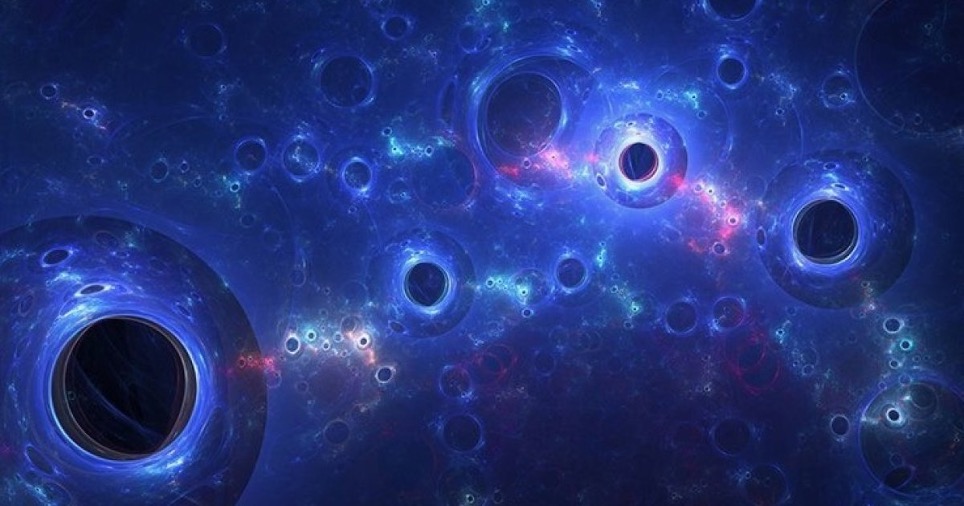
Everything around us consists of protons, neutrons and electrons, that is, of baryonic matter. But this rule does not work for outer space, as only 5 per cent of it consists of baryonic matter, whereas what makes up the rest is still unknown. Presumably, 25% is dark matter, but its composition has not been established yet. At the same time, it cannot be said that this is emptiness. Dark matter does not absorb or emit light but exhibits a gravitational effect on the movement of stars and clusters of galaxies. In other words, dark matter is one of the unexplained mysteries in space.
Dark energy
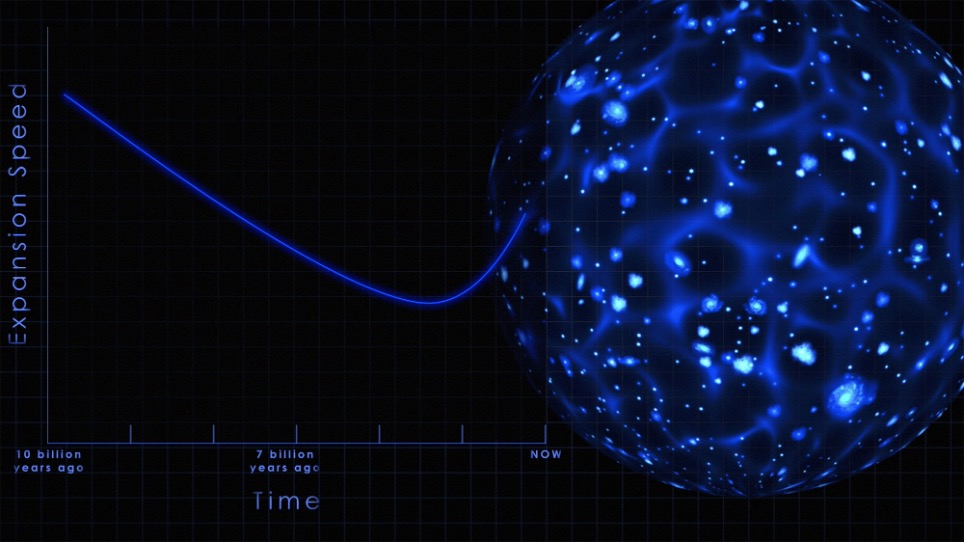
No less curious are the mysteries of space associated with dark energy. It is an even more mysterious and unusual substance than dark matter. So far, the following has been discovered:
- it is a form of energy;
- it evenly fills 70% of the space in the Universe;
- it does not form clusters;
- it has a gravitational-repulsive effect; that is, this energy is the opposite of gravitational attraction.
Dark energy was discovered by US scientists led by A. Reiss, B. Schmidt, and S. Perlmutter, in 1998 while studying the expansion of the Universe. Where did dark energy come from, pushing galaxies apart with antigravity, and what it is, remains a mystery.
Rectangular galaxy
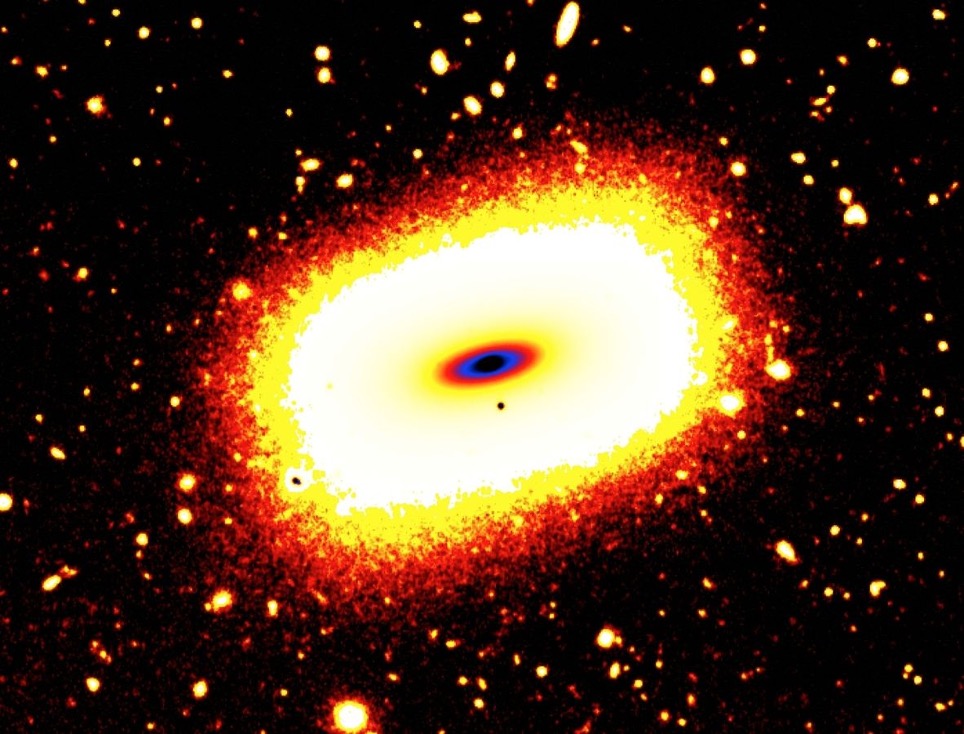
Most of the observed galaxies have the form of irregular spots, disks, or three-dimensional ellipses. But in 2012, Australian astrophysicist Lee Spitler, using the Japanese Subaru telescope, discovered the galaxy LEDA 074886 in the shape of a rounded regular rectangle. No one knows how it was formed.
Fermi Bubbles

An amazing phenomenon discovered in the structure of the Milky Way in 2010 with the help of the Fermi telescope is filled with mystery. These are two large, voluminous structures, outwardly resembling bubbles, emerging from the centre of our galaxy and extending above and below the plane of the Milky Way for 25,000 light-years in each direction. The bubbles are made up of x-rays and gamma rays. Two aspects make Fermi bubbles so intriguing:
- How did they form? Due to jets from a black hole at the centre of the galaxy that was active 6 million years ago, or are they formed by powerful stellar winds caused by outbursts of new star formation?
- The metals in the bubble clouds don’t exactly match the materials at the centre of the galaxy, which means they’re coming into the clouds from somewhere else. But from where?
These have been an add to the list of unsolved mysteries of the Universe.
How did the Moon form?
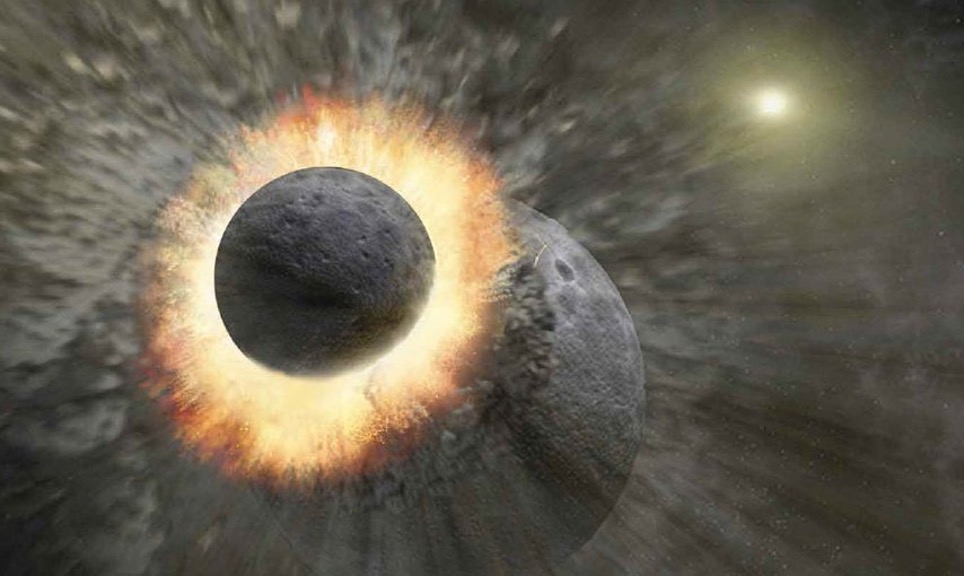
The moon is a relatively well-researched space object. We have all the data on the size, mass, and rotation of the Earth’s natural satellite, and we know how its gravity affects our ocean tides — we have even visited the Moon’s surface. But how the Moon was formed, why it happened much later than the Earth’s formation, why all the planets have satellites, but Venus and Mercury do not — those are the mysteries of deep space. Scientists suggest that the Moon was formed from fragments resulting from the collision of the Earth and the hypothetical planet Theia, but there is no real evidence for this theory.
Pulsars
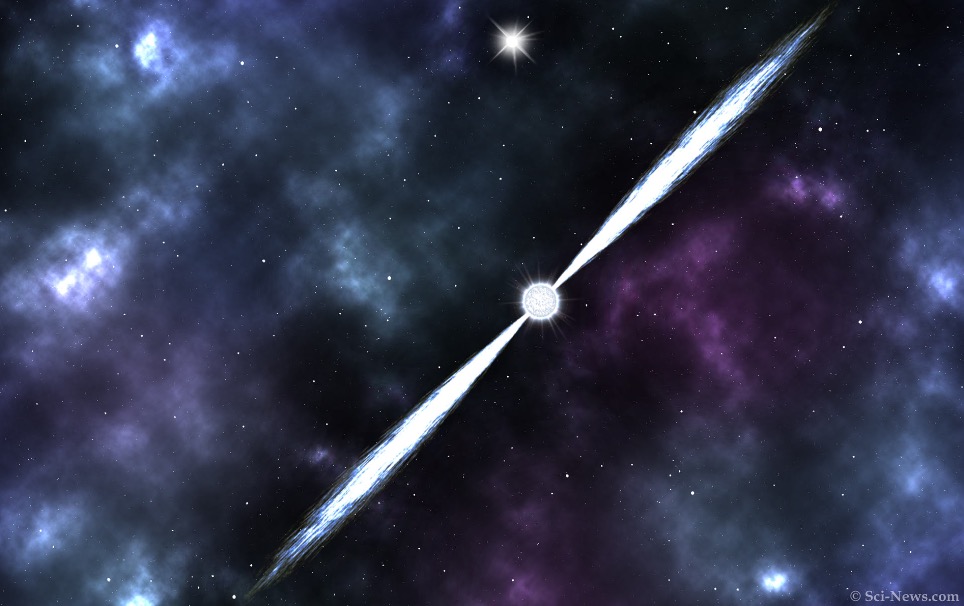
Pulsars are distant space objects that emit electromagnetic rays and pulsate at a high frequency. Pulsars can be compared to a lighthouse — they also rotate and shoot a beam at equal time intervals. Scientists started talking about pulsars for the first time in 1967. As of now, over 50 years have already passed, but we still have not determined why these distant stars pulsate. Studies allow us to conclude that the pulsation is somehow related to magnetic currents, but one cannot draw any final conclusions as of yet.
Dual gravity properties
Gravity is the force that attracts bodies to each other. The force of gravity allows us to walk the Earth and keep objects in a certain order. The secret of gravity lies in the paradox — an ordinary refrigerator magnet does not succumb to the law of universal gravitation. Newton’s law does not always work, so in relation to strong fields, such as gravity, it is customary to apply Einstein’s general theory of relativity until there is no other, more accurate explanation of this paradox.
What was there before the Big Bang?
It is generally accepted that the Universe began to expand and develop after the Big Bang. Of course, scientists have surmised how this could happen relying on the laws of physics. Still, the factual truth about the formation of the Universe still remains a mystery to us. Besides, there is another question — what was there before the Big Bang? The famous British physicist and astronomer Stephen William Hawking believed that nothing was there. However, what did the alleged singular state of the Universe look like before the explosion? This is a mystery that will never be solved.
White hole
A curious, however hypothetical, space object is a white hole. Scientists Novikov, and Kardashev, Hawking, who studied this hypothesis, believe that since there is a black hole that draws everything into itself, it must also have an opposite side — that is, a white hole. Just as cosmic objects cannot leave a black hole, so, according to scientists, there must be an antipode — a region that objects can never enter. The existence of a white hole remains a mere hypothesis, but it is fascinating what happens in the place where the black hole ends and what kind of force acts there.
Quasars – the rarest object in space
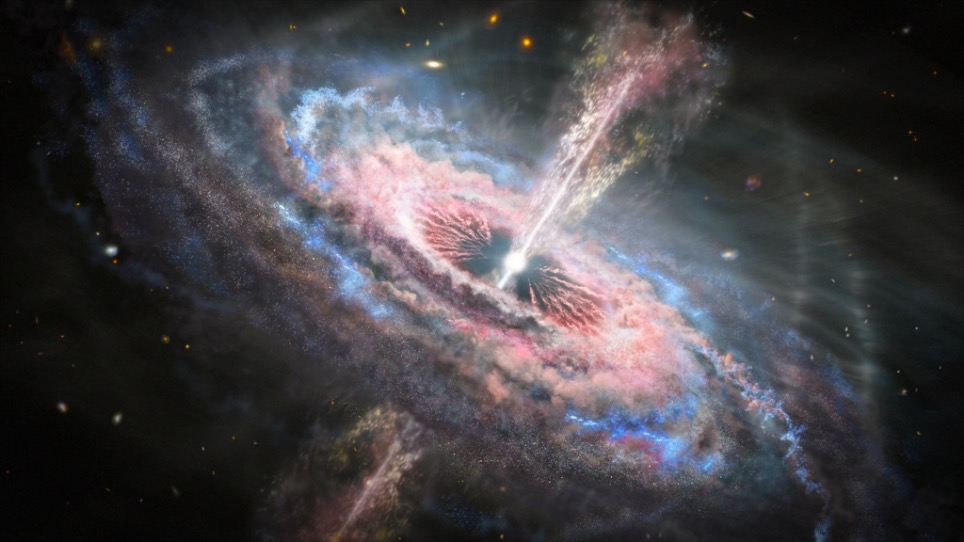
Even though each object in space is unique, many of us wonder — what is the rarest object in space? Surprisingly, there is an answer to this question. This is a quasar — the brightest cosmic body in the universe. Quasars glow due to the gas that enters the black holes located in the centres of galaxies. In 1989, American scientists discovered a unique object — a triple quasar, three powerful luminous sources of energy located close to each other. A quasar is smaller than the solar system, but it can outshine a galaxy of 100 billion stars with light. So, it is probably good that the triple quasar is located at a distance of 10.5 billion light-years from Earth.
What is the strangest thing ever found in space?
Despite the many space mysteries, some of them are especially surprising. One of these is the planet Gliese 436 b outside the solar system. Using the method of Doppler spectrometry in 2004, it was discovered by American scientists R. Paul Butler and Geoffrey Marcy. The strangest thing about this planet is that almost all of it consists of water. But water, having a temperature of 300 °C, is always in a solid state and under great pressure. It’s unusually hot ice. Scientists suggest that this is explained by the highest gravity, which attracts water to the core of the planet so much that this water cannot go into a liquid or gaseous state.
What’s the biggest mystery in space?
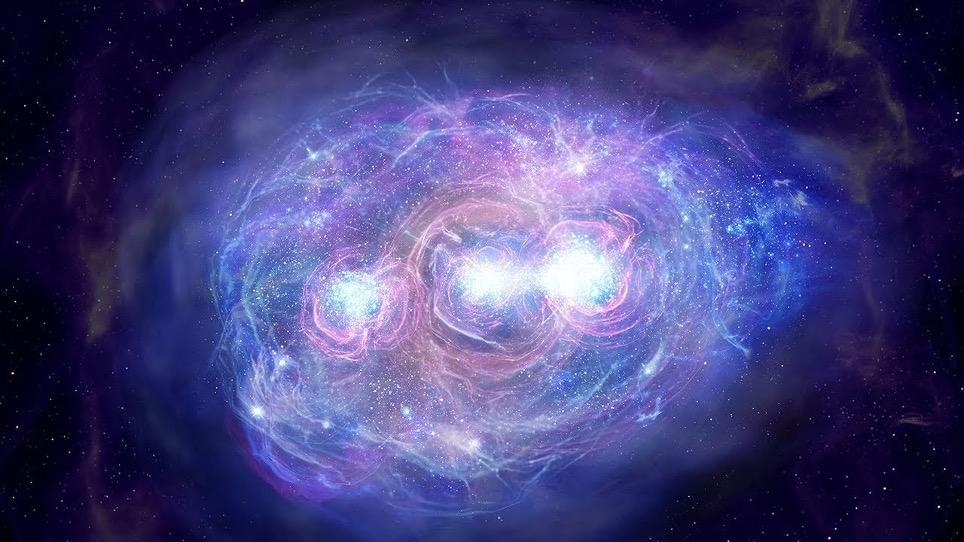
It’s probably a Himiko cloud about 55 light-years in diameter. Scientists suggest that the object was formed 840 million years after the Big Bang. The Himiko cloud is half the size of the Milky Way, but it represents not one but three galaxies at once. A huge ionized bunch is located at a distance of 12.9 billion years from the Earth and is full of a lot of unsolved secrets. Himiko was discovered with the help of the Subaru and Keck telescopes.
Final thoughts
Space is infinite, and as we all know, it is impossible to grasp its immensity. Humanity is just a small sand grain in this endless ocean, but we are learning, developing, and striving for new discoveries. So, regardless of the number of space mysteries revealed, there will always remain other secrets that drive science, give the reason for bold research, and act as inspiration for science fiction movies and books. And as we move into the depths of space, we will be revealing the secret of the Universe with each new step.
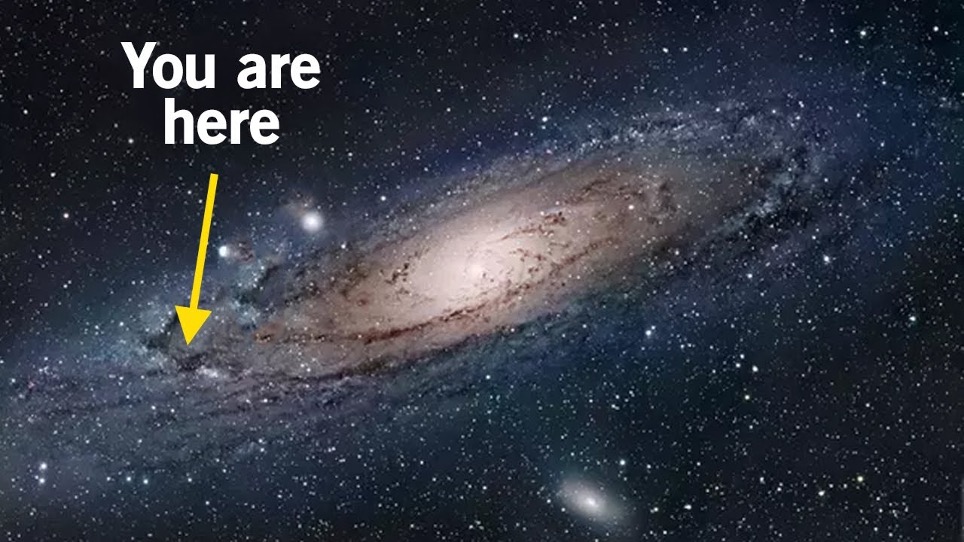
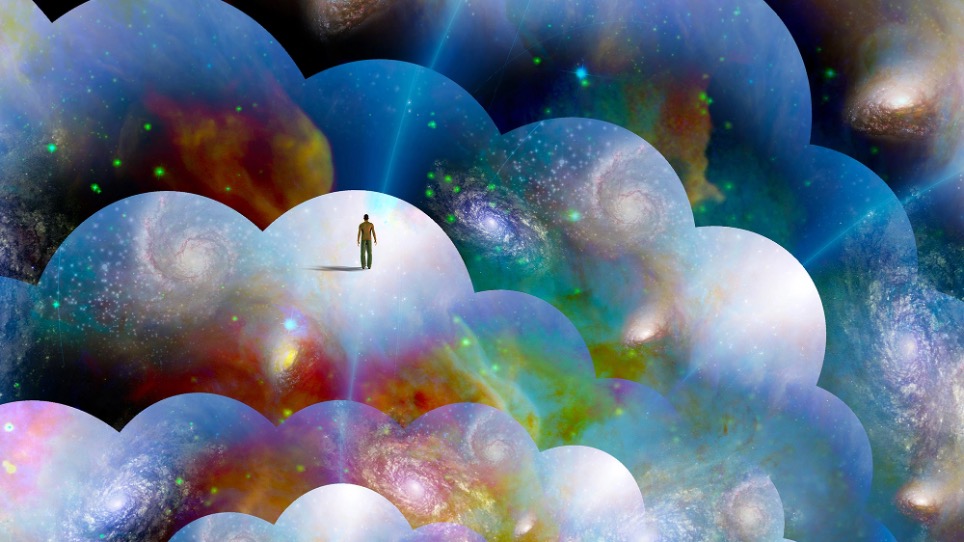






Thank you for your comment! It will be visible on the site after moderation.